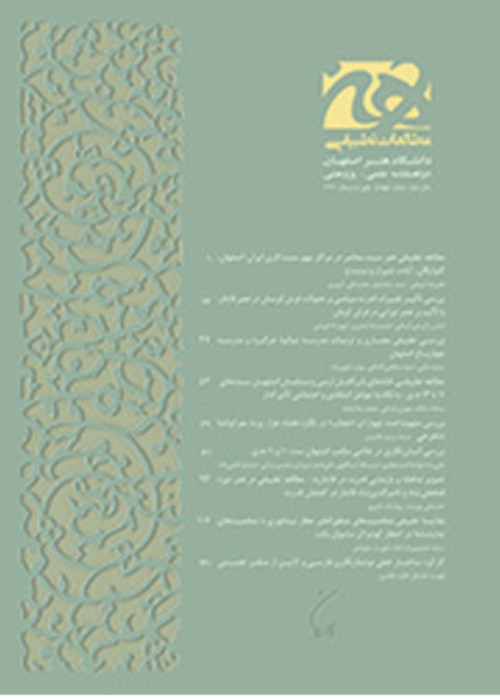Diplomacy and representation: A comparative analysis of the representation of the Safavid ambassador in the presence of the Mughal and Ottoman rulers
In the present paper, attempts have been made to find the differences and identify the functions of representation and objectives of producers of the works through a comparative study of two paintings with the same subject from the Ottoman and Mughal illustrated historical manuscripts. The approach of new cultural history, especially Peter Burke’s views on the common patterns of “representation of the other”, forms the theoretical framework of the research. According to the theme of the paintings, which is related to the diplomatic relations of Iran during the Safavid dynasty with its neighbors, the images will be examined and analyzed in relation to their contemporary political relations and events. Based on this, the present study seeks to answer the following two main questions:1- How was the exposure pattern of the Mughals and the Ottomans with the Safavids as the other?2-What was the political function of the representations in the Ottomans and Mughals visual chronology? The purpose of this study was to find the meaningful relations between how and function of representation the Safavids in political-cultural systems which works of art were its product and then, answer the reason of representations. Findings suggest that representation of the Safavids in Ottomans and Mughals visual chronology are performed differently in similarly themed paintings; and different aspects of this political event have been emphasized. Mughals chose the pattern of analogy and adaptation at the other side Ottomans select the pattern of Othering and opposition. The reason for these choices goes back to the function that these representations had for the Ottomans and the Mughals. The nature of this research is historical according to the subject of the research, which is the study of events in the past, and the research method is based on how the research is conducted, analytical-comparative and case study. The method of data collection is library research and the method of sampling is purposeful, non-random, and selectively based on the content of the images.
- حق عضویت دریافتی صرف حمایت از نشریات عضو و نگهداری، تکمیل و توسعه مگیران میشود.
- پرداخت حق اشتراک و دانلود مقالات اجازه بازنشر آن در سایر رسانههای چاپی و دیجیتال را به کاربر نمیدهد.


